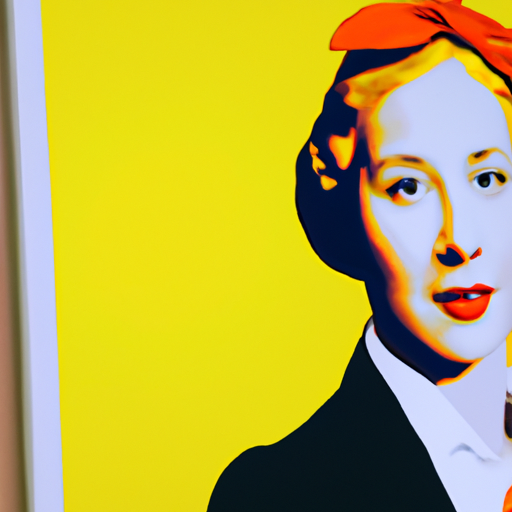-
Table of Contents
The Art of Whitespace: Creating Balance in Graphics
Whitespace, also known as negative space, is the empty space between elements in a design. It is often overlooked or undervalued, but it plays a crucial role in creating balance and harmony in graphic design. Whitespace can enhance the visual appeal of a design, improve readability, and guide the viewer’s attention. In this article, we will explore the art of whitespace and how it can be effectively used to create balance in graphics.
Understanding Whitespace
Whitespace is not just empty space; it is a deliberate design choice that helps define the relationship between elements. It can be both passive and active, depending on how it is used. Passive whitespace is the space that naturally occurs between elements, while active whitespace is intentionally added to create a specific effect.
Whitespace can be found in various forms, such as margins, gutters, padding, and line spacing. It can exist between text and images, between paragraphs, or even within the characters of a typeface. By strategically incorporating whitespace, designers can create a sense of balance, hierarchy, and rhythm in their compositions.
The Benefits of Whitespace
Whitespace offers several benefits that contribute to the overall effectiveness of a design:
- Enhanced Visual Appeal: Whitespace provides breathing room for the elements in a design, making it visually pleasing and less cluttered. It allows the viewer’s eyes to rest and focus on the important elements.
- Improved Readability: Ample whitespace around text improves legibility by reducing visual noise and increasing the contrast between the text and its surroundings. It makes the content easier to scan and comprehend.
- Guides Attention: Whitespace can be strategically used to guide the viewer’s attention to specific elements or areas of a design. By surrounding an important element with whitespace, designers can make it stand out and draw the viewer’s focus.
- Creates Balance: Whitespace helps create a sense of balance and harmony in a design. It allows elements to breathe and establishes a visual equilibrium between different parts of a composition.
Case Studies: Effective Use of Whitespace
Let’s explore some real-world examples of how whitespace has been effectively used to create balance in graphics:
Apple
Apple is known for its minimalist design approach, and whitespace plays a significant role in their branding and product design. The clean and spacious layouts of their advertisements, packaging, and website create a sense of elegance and sophistication. By using ample whitespace, Apple allows their products to take center stage, emphasizing their simplicity and functionality.
Google’s homepage is a prime example of effective use of whitespace. The search bar is surrounded by a vast expanse of whitespace, drawing the user’s attention to the center of the page. This simple and uncluttered design allows users to focus on the primary action they want to take – searching. The whitespace creates a sense of calmness and clarity, enhancing the user experience.
Nike
Nike’s advertisements often feature bold imagery with minimal text and generous whitespace. By using whitespace, Nike creates a sense of dynamism and impact. The whitespace allows the viewer’s eyes to rest and absorb the message, while also emphasizing the athleticism and energy associated with the brand.
Best Practices for Using Whitespace
When incorporating whitespace into your designs, it is essential to follow some best practices to ensure its effectiveness:
- Give Elements Room to Breathe: Avoid overcrowding elements and provide enough space between them. This will prevent the design from feeling cluttered and allow each element to stand out.
- Consider the Content: Different types of content may require different amounts of whitespace. For example, a dense paragraph of text may need more line spacing and margin than a simple headline.
- Use Whitespace to Create Hierarchy: By varying the amount of whitespace around different elements, you can establish a visual hierarchy. Important elements can be surrounded by more whitespace, while less important elements can have less whitespace.
- Experiment with Scale and Proportion: Whitespace can be used to create a sense of scale and proportion in a design. By adjusting the amount of whitespace, you can make certain elements appear larger or smaller, thus influencing their perceived importance.
Conclusion
Whitespace is a powerful tool in graphic design that should not be underestimated. By understanding the art of whitespace and incorporating it effectively, designers can create visually appealing and balanced compositions. Whitespace enhances the visual appeal, improves readability, guides attention, and creates a sense of balance. By studying successful examples and following best practices, designers can harness the power of whitespace to create impactful and engaging graphics.
